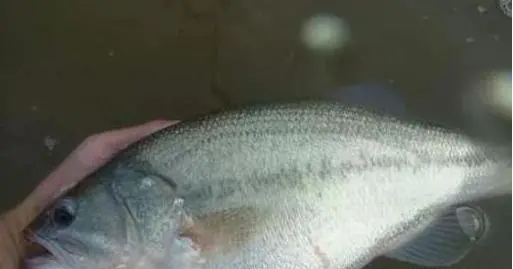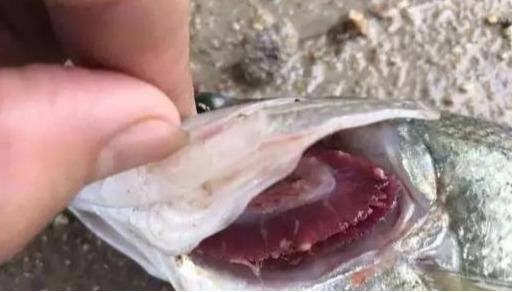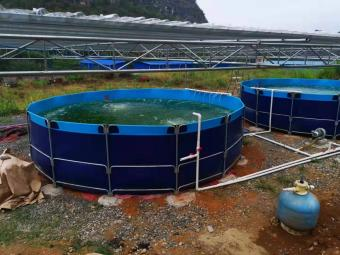California perch gill rot
The pathogen of California perch gill rot is columnar fibromyxobacterium. This disease is common in seasons when the water temperature is below 15°C, but it becomes popular when the water temperature is above 20°C, and the infection range is very wide. It is very harmful to California perch and other fish . April-June and September-October are the onset periods of gill rot in California perch. California perch raised in ponds and cages have occurred, and the mortality rate is relatively high. In serious fish ponds, the mortality rate can reach 60%.

The main pathogen of bacterial gill rot is Flavobacterium columnar. After the disease, the body color of the diseased fish turns black, eats little or no food, and is unresponsive. Check the gills of the fish, it can be seen that the gill flaps are whitish, rotten, or silted, and secrete a lot of mucus. Gill rot can cause difficulty in exhaling, loss of appetite, and emaciation in sick fish. In severe cases, it can lead to a large number of California perch deaths. Among them, studies have shown that the poorer the water quality, the easier it is to cause the disease.

How to Prevent California Bass Gill Rot
1. Keep the water quality fresh. California perch likes a refreshing water environment. Turbid water can easily lead to loss of appetite, decreased immunity, and other diseases. Therefore, it is necessary to keep the water quality clean and avoid turbid water.


2. Regularly change the bottom, stabilize water quality, and prevent ammonia nitrogen and nitrite from exceeding the standard. The bottom can be changed regularly, and the water quality can be kept stable for a long time.
3. Disinfect the water body to reduce the growth of germs. Regardless of the gill rot caused by any reason, we should regularly change the bottom and disinfect to keep the water clean and avoid turbid water. Only when the water quality is good can we control and eliminate pathogens from the source, cut off the transmission environment, and block the growth of pathogenic bacteria.

Tel.: +86 17864390557





